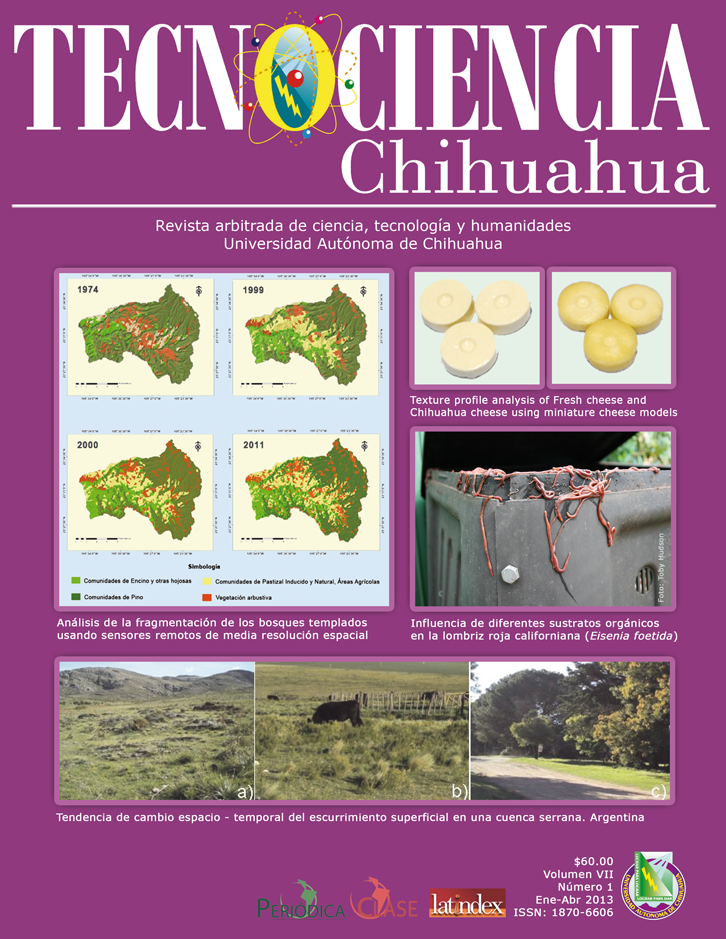La química detrás de los efectos especiales mecánicos en cine y televisión: regreso a los clásicos
The chemistry behind the mechanical special effects in filmmaking and television: return to classics
Resumen
La industria cinematográfica ha evolucionado a pasos agigantados; desde los fotogramas mudos en blanco y negro, hasta las superproducciones multimillonarias que llenan las salas de cine con su estremecedor sonido. Los efectos especiales son todos los recursos artificiales de naturaleza científica, utilizados para dar apariencia de realidad a ciertas escenas que, en su forma más simple y primigenia, se basan en la creación inmediata de recursos físicos como explosiones, disparos, niebla o nieve mediante la ingeniosa aplicación de la química. Con el objetivo de promover la ciencia recreativa como fuente de conocimiento, diversión y para explicar los fundamentos químicos de los efectos especiales mecánicos en cine y televisión, se efectuó una revisión bibliográfica que permitió crear en el laboratorio réplicas a escala de algunos efectos especiales clásicos, que exhiben la creatividad y agudeza con que los expertos del séptimo arte analizan nuestra percepción sensorial del mundo e imitan fenómenos impresionantes y arriesgados en un ambiente controlado.
Abstract
The film industry has evolved by leaps and bounds from the soundless photograms in black and white, to the multimillionaire blockbusters that fill the theaters with breathtaking sound. Special effects are all the artificial resources of a scientific nature used to give certain scenes which, in their most simple and primordial shape, are based on the immediate creation of physical resources such as explosions, firing, mist or snow by ingenious application of chemistry. With the aim of promoting the recreational science as source of knowledge, fun and to explain the chemical principles of mechanical special effects in film and television, a literature review was conducted to create, in the laboratory scale replicas of some classical special effects, exhibiting the creativity and acuteness in which cinema experts analyze our sensory perception of the world and imitate impressive and risky phenomena in a controlled environment.
Keywords: film industry, mechanical special effects, chemistry.
Citas
Lutz, D. 2009. Hollywood Special Effects ¿How did they do that? ChemMatters. https://tinyurl.com/569w2tnw
Nusin, R. 2007. Visual Effects: Seeing is Believing. AMPAS. https://www.oscars.org/sites/oscars/files/complete_visual_effects_activities_guide.pdf
Markle, S. 2004. Make fake blood and 18 more spooky special effects! Scholastic. ISBN 0439444314, 97804394444316.
Hsu, T. & M. Chaniotakis. 2010. A Natural Aproach to Chemistry. Lab Aids. ISBN 1603013156, 9781603013154.
Helmenstine, A.M. 2012. Special Effects Science. Chemistry behind Movie Special Effects. About.Com Chemistry. http://chemistry.about.com/od/demonstrationsexperiments/tp/Special-Effects-Science.htm
Derechos de autor 2020 TECNOCIENCIA Chihuahua

Esta obra está bajo licencia internacional Creative Commons Reconocimiento-NoComercial 4.0.









